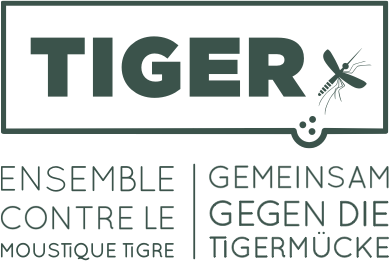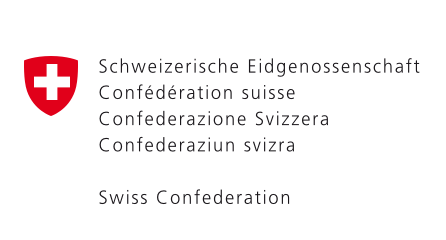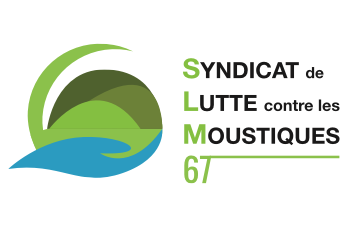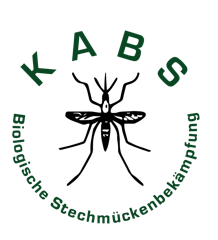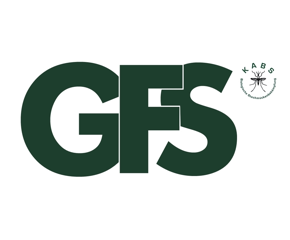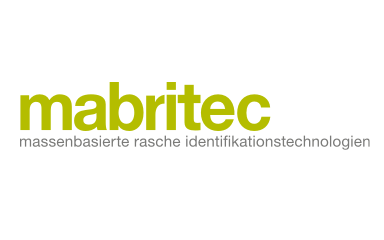Ursprünglich stammt die Asiatische Tigermücke aus Südostasien [1] und lässt sich in Ländern wie Singapur [2] oder Thailand [3] seit Jahrzehnten auffinden. Die hauptsächliche Ausbreitung der Asiatischen Tigermücke findet durch passive Verschleppung durch den Menschen statt. Aedes albopictus selbst besitzt bei der Verfügbarkeit eines geeigneten Habitats wenig Tendenzen zur Wanderung und legt selten mehr als eine Distanz von 100 m an einem Tag zurück [4].
Verbreitung der Asiatischen Tigermücke
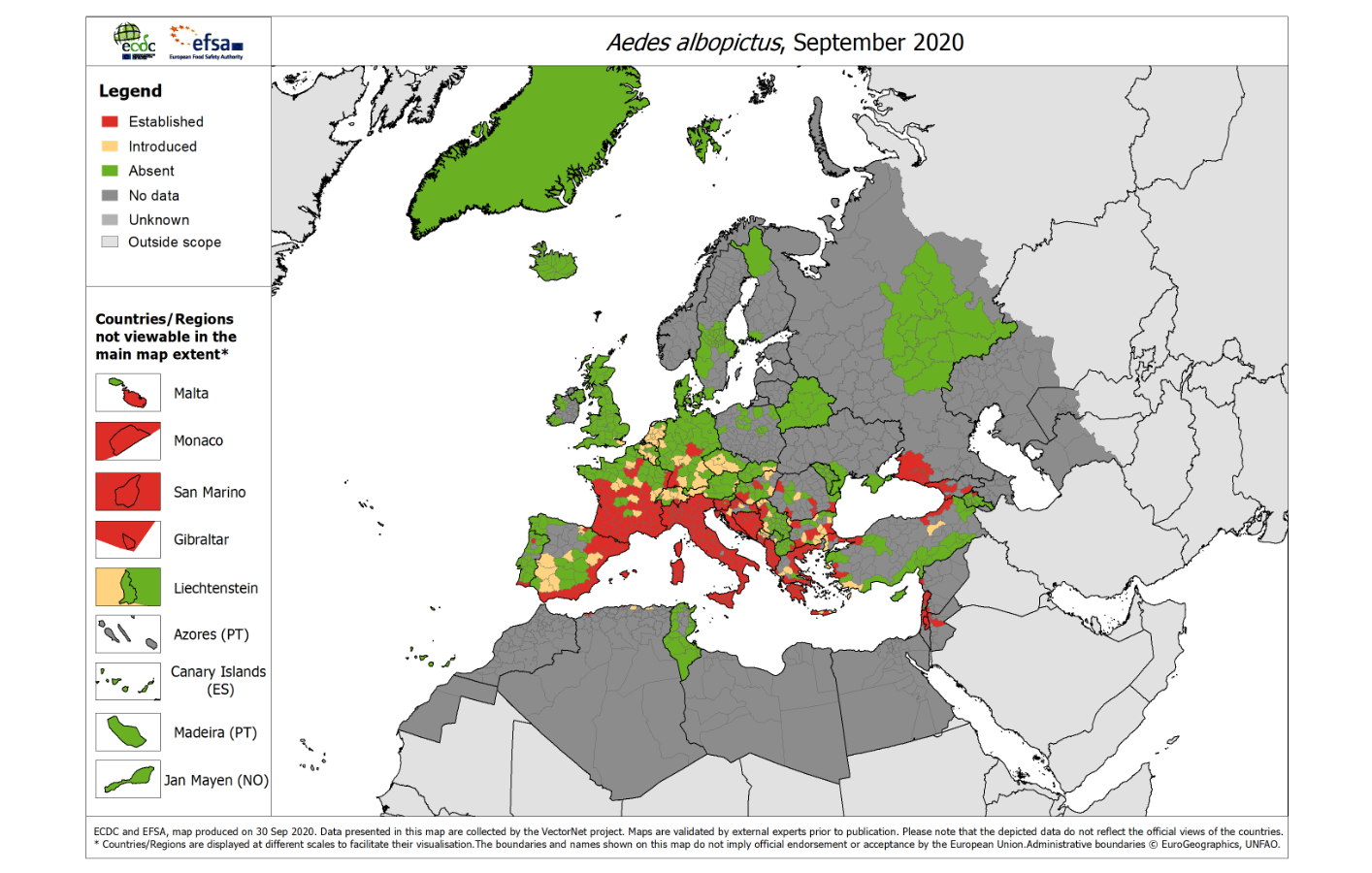
Herkunft
Weltweiter Warenhandel
Eine weltweite Verbreitung von Aedes albopictus wurde mit einem rapiden Anstieg des globalen Warenhandels deutlich gefördert. Dabei spielen vor allem der Handel mit Gebrauchtreifen [5] oder Pflanzen [6] eine entscheidende Rolle. So konnte eine Verschleppung von Eiern in Gebrauchtreifen 1985 in die Vereinigten Staaten ermöglicht werden [7]. Durch diese und viele weitere passive Einfuhrereignisse kam es zu einer rapiden Verbreitung in den USA [8]. Ab 1986 wurden Asiatische Tigermücken auch in Mittel- und Südamerika beispielsweise in Brasilien [9] oder Argentinien [10] nachgewiesen. Inzwischen kann Aedes albopictus in 19 Ländern Amerikas gefunden werden [11]. In Afrika erfolgten die ersten Nachweise auf die Asiatische Tigermücke im Jahr 1990 in Kapstadt [12] und wurden durch weitere Funde, welche sich über den gesamten Kontinent erstrecken, ergänzt [13, 14].
Funde in Europa
Der erste Nachweis in Europa wurde 1979 in Albanien erbracht [15]. Eine weitere davon unabhängige Einschleppung erfolgte durch den Import von Altreifen aus den USA nach Italien im Jahr 1990 [16], was von dort aus eine landesweite Verbreitung zur Folge hatte [17]. Weitere etablierte Populationen wurden 2004 in Spanien [18] und Belgien [19] entdeckt. Auch in Kroatien [20] und Griechenland [21] konnten 2005 und 2006 die ersten Vorkommen der Asiatischen Tigermücke nachgewiesen werden. Auch in den Niederlanden [22] und der Slowakei [23] konnten im letzten Jahrzehnt Aedes albopictus Funde auftreten.
Verbreitung der Asiatischen Tigermücke in der Oberrhein-Region
Der erste Nachweis der Asiatischen Tigermücke erfolgte in Deutschland 2007 durch Funde von fünf Eiern [24]. Erste Imagines konnten 2011 und 2012 in Baden-Württemberg und Bayern festgestellt werden [25]. Bei allen Ereignissen handelte es sich um versprengte Einzelfunde die höchstwahrscheinlich durch Verschleppungen durch Schienen- und Nahverkehr nach Deutschland gelangen konnten.
2014 wurden in Freiburg ausreichend Exemplare vorgefunden um von einer stabilen Gründerpopulation auszugehen [26]. Dies wurde durch eine weitere größere Population, welche in einer Kleingartenanlage 2015 entdeckt wurde, bestätigt [27]. Inzwischen konnten weitere Populationen der Asiatischen Tigermücke in der Oberrhein-Region nachgewiesen werden wie 2017 in Lörrach und Karlsruhe.
Literaturverzeichnis
1.Hawley, W.A., The biology of Aedes albopictus. Journal of the American Mosquito Control Association, 1988. 4: p. 2-39.
2.Chan, K.L., Y.C. Chan, and B.C. Ho, Aedes aegypti (L.) and Aedes albopictus (Skuse) in Singapore City. 4. Competition Between Species. Bulletin of the World Health Organization, 1971. 44(5): p. 643-649.
3.Harrison, B.A., P. Boonyakanist, and K. Mongkolpanya, Biological observations on Aedes seatoi Huang in Thailand with notes on rural Aedes aegypti (L.) and other Stegomyia populations. Journal of Medical Entomology, 1972. 9(1): p. 1-6.
4.Bonnet, D.D. and D.J. Worcester, The dispersal of Aedes albopictus in the territory of Hawaii. American Journal of Tropical Medicine, 1946. 26: p. 465-476.
5.Reiter, P., Aedes albopictus and the world trade in used tires, 1988-1995: the shape of things to come? Journal of the American Mosquito Control Association, 1998. 14(1): p. 83-94.
6.Madon, M.B., et al., Introduction of Aedes albopictus (Skuse) in Southern California and potential for its establishment. Journal of Vector Ecology, 2002. 27(1): p. 149-154.
7.Sprenger, D., The discovery and distribution of Aedes albopictus in Harris County, Texas. Journal of the American Mosquito Control Association, 1986. 2(2): p. 217-219.
8.Moore, C.G. and C.J. Mitchell, Aedes albopictus in the United States: Ten-Year Presence and Public Health Implications. Emerging Infectious Diseases, 1997. 3(3): p. 329-334.
9.de Castro Gomes, A., et al., Microhabitats of Aedes albopictus (Skuse) in the Paraíba Valley region of the State of S. Paulo, Brazil. Revista de Saúde Pública, 1992. 26(2): p. 108-118.
10.Rossi, G.C., N.T. Pascual, and F.J. Krsticevic, First record of Aedes albopictus (Skuse) from Argentina. Journal of the American Mosquito Control Association, 1999. 15(3): p. 422.
11.Carvalho, R.G., Lourenco-de-Oliveira, and I.A. Braga, Updating the geographical distribution and frequency of Aedes albopictus in Brazil with remarks regarding its range in the Americas. Journal of the American Mosquito Control Association, 2014. 24: p. 377-86.
12.Cornel, A.J. and R.H. Hunt, Aedes albopictus in Africa? First records of live specimens in imported tires in Cape Town. Journal of the American Mosquito Control Association, 1991. 7(1): p. 107-108.
13.Fontenille, D. and J.C. Toto, Aedes (Stegomyia) albopoctus (Skuse), a Potential New Dengue Vector in Sounthern Cameroon. Emerging Infectious Diseases, 2001. 7(6): p. 1066-1067.
14.Toto, J.C., et al., First report of the oriental mosquito Aedes albopictus on the West African island of Bioko, Equatorial Guinea. Medical and Veterinary Entomology, 2003. 17: p. 343-346.
15.Adhami, J. and P. Reiter, Introduction and Establishment of Aedes (Stegomyia) albopictus Skuse (Diptera: Culicidae) in Albania. Journal of the American Mosquito Control Association, 1998. 14(3): p. 340-343.
16.Dalla Pozza, G. and G. Majori, First record of Aedes albopictus establishment in Italy. Journal of the American Mosquito Control Association, 1992. 8(3): p. 318-320.
17.Knudsen, A.B., R. Romi, and G. Majori, Occurence and spread in Italy of Aedes albopictus, with implications for its introduction into other parts of Europe. Journal of the American Mosquito Control Association, 1996. 12(2): p. 177-183.
18.Aranda, C., R. Eritja, and D. Roiz, First record and establishment of the mosquito Aedes albopictus in Spain. Medical and Veterinary Entomology, 2006. 20: p. 150-152.
19.Schaffner, F., W. Van Bortel, and M. Coosemans, First record of Aedes (Stegomyia) albopictus in Belgium. Journal of the American Mosquito Control Association, 2004. 20(2): p. 201-203.
20.Klobucar, A., et al., First record of Aedes albopictus in Croatia. Journal of the American Mosquito Control Association, 2006. 22(1): p. 147-148.
21.Samanidou-Voyadjoglou, A., et al., Confirmation of Aedes albopictus (Skuse) (Diptera: Culicidae) in Greece. European Mosquito Bulletin, 2005. 19: p. 10-11.
22.Scholte, E.-J., et al., First record of Aedes (Stegomyia) albopictus in the Netherlands. European Mosquito Bulletin, 2007. 22: p. 5-9.
23.Bocková, E., A. Kocisova, and V. Letkova, First record of Aedes albopictus in Slovakia. Acta Parasitologica, 2013. 58(4): p. 603-606.
24.Pluskota, B., et al., First record of Stegomyia albopicta (Skuse) (Diptera: Culicidae) in Germany. European Mosquito Bulletin, 2008. 26: p. 1-5.
25.Becker, N., et al., Repeated introduction of Aedes albopictus into Germany, July to October 2012. Parasitology Research, 2012.
26.Werner, D. and H. Kampen, Aedes albopictus breeding in southern Germany, 2014. Parasitology Research, 2014. 114(3): p. 831-834.
27.Schön, S., Surveillance and control of Aedes albopictus in Freiburg im Breisgau. 2016.
